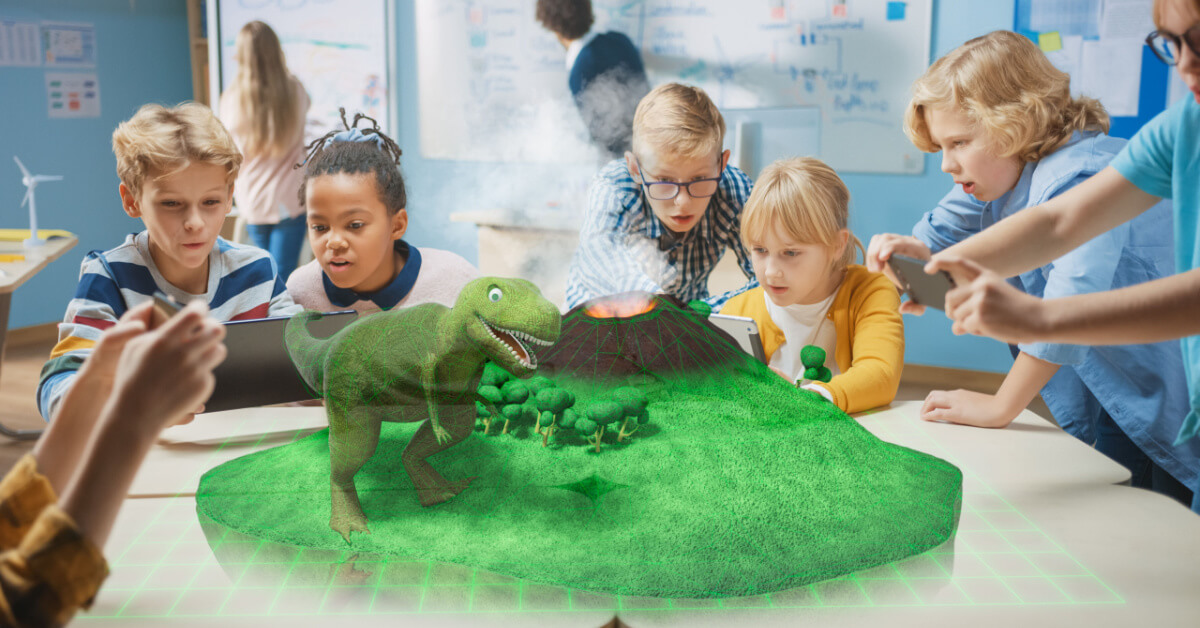January 19, 2023
Deep fakes and fake news are old news. Content about world events is taken more seriously than content that entertains us. Can we deem popular culture and entertainment that misleads us as harmless? Do some young people separate the creative storylines in music or social media, e.g. memes, etc., and confuse these with reality so they become real to the audience, and blur the line between reality and fantasy? We suspend our belief when it comes to entertainment, but often in movies, villains and heroes are still cast as insidious stereotypes. Does entertainment not need to worry about ethical responsibility because it is make-believe? Does being misinformed about unimportant facts matter or not?
One example of people being misinformed about facts, possibly exacerbated by movies, relates to popular ideas about how dinosaurs looked, moved, and acted. What do you think of when you think of dinosaurs? Most people would imagine that dinosaurs are reptiles and look like something out of Jurassic Park. However American paleontologist Jack Horner says that dinosaurs were probably vividly colored, danced, and sang, and were more like birds than reptiles. You can argue that films are just entertainment and that dinosaurs are…


